Vietnamese people highly regard the full-moon day of the first month or the Lantern Festival. This is the first full-moon day of the year, so for many people, this day is the most important full-moon day of the year with the motto “a whole year of holidays is not as good as the full-moon day of the first month.” Offering on the full-moon day also has the meaning of wishing for a peaceful and lucky new year for the family.
On this day, the number of people coming to local markets to buy festive items and offerings rapidly increases. Buyers and sellers make the atmosphere more bustling than ever. To serve the consumer demand, many products related to the ceremonial tray are sold, such as chickens holding roses, sticky rice, fried spring rolls, fresh flowers, fruits… Among them, betel leaves and areca nuts are indispensable in the traditional offering tray of the Vietnamese people.
Understanding that, every festival day, the traders display a large quantity of betel leaves and areca nuts so that customers can freely choose. Betel leaves and areca nuts are divided into many sizes, from small, medium to large. The price of betel leaves and areca nuts is not cheap, but they still attract customers to buy.
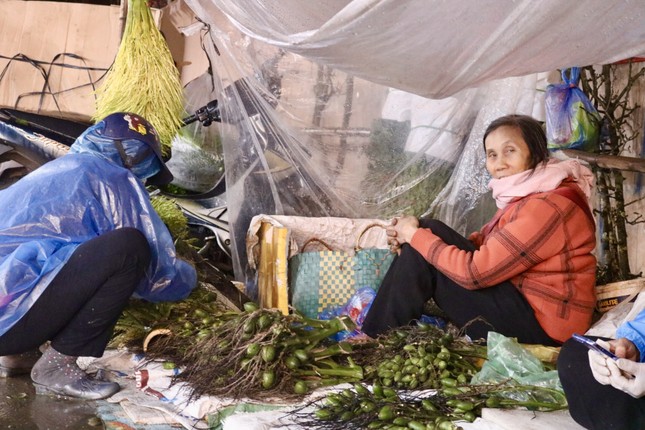
Mrs. Thom selling betel leaves and areca nuts at Quang An market.
Mrs. Thom (68 years old) – a betel leaf and areca nut seller at Quang An market, Tay Ho district – said: “I don’t sell regularly, only on festival days, full-moon days, or the first days of the month do I display and sell my goods. These betel leaves and areca nuts are grown by my family, so the fruits are a little bit small. Betel leaves and areca nuts are divided into 3 types and are sold at different prices. The smaller type costs 7,000 VND/fruit, the medium one costs 13,000 VND/fruit, and the larger one costs 15,000 VND/fruit. The price of areca nuts fluctuates about 1,000 – 2,000 VND/leaf, depending on whether the leaves are beautiful or not.”
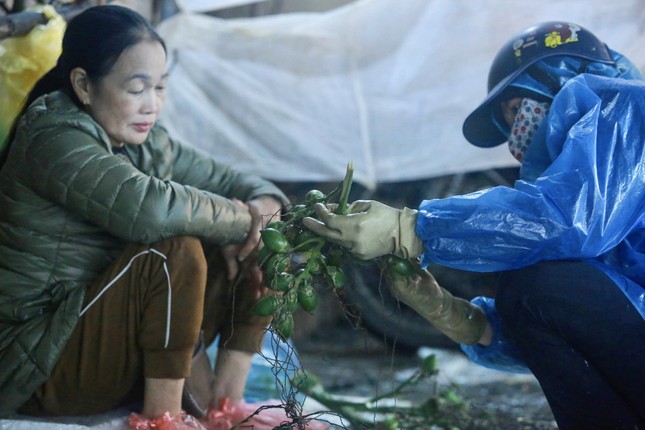
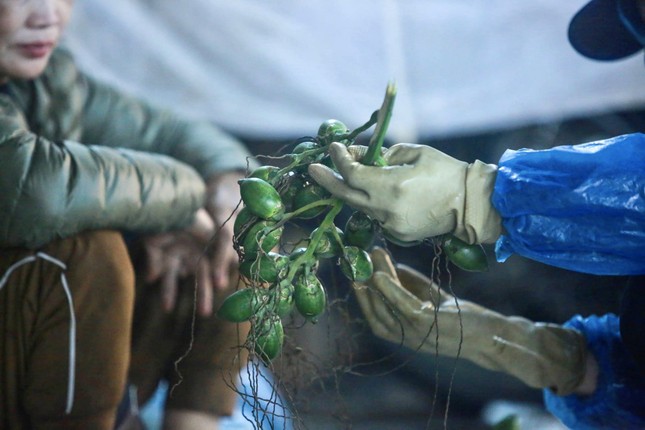
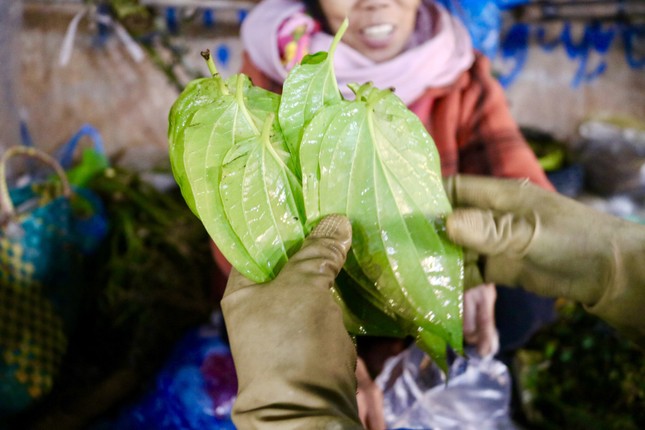
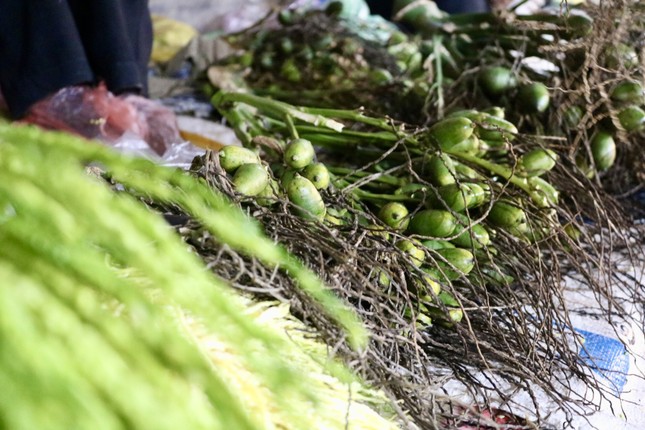
Betel leaves and areca nuts are indispensable in the offering tray.
In addition to selling each fruit, she also sells by the bunch. The price of each large bunch which contains about 50 – 60 fruits ranges from 450,000 – 500,000 VND. Although the price is not cheap at all, according to Mrs. Thom, since she displayed her goods until now, every customer passing by would stop by and buy a few fruits.
Because betel leaves and areca nuts are items that are indispensable in the ceremonial tray of the Vietnamese people, every festival day, people rush to buy betel leaves and areca nuts, causing a scarcity of this commodity,” said Mrs. Thom.
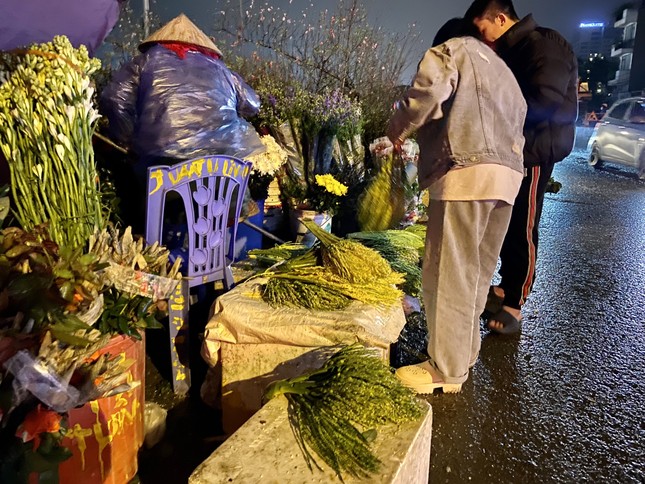

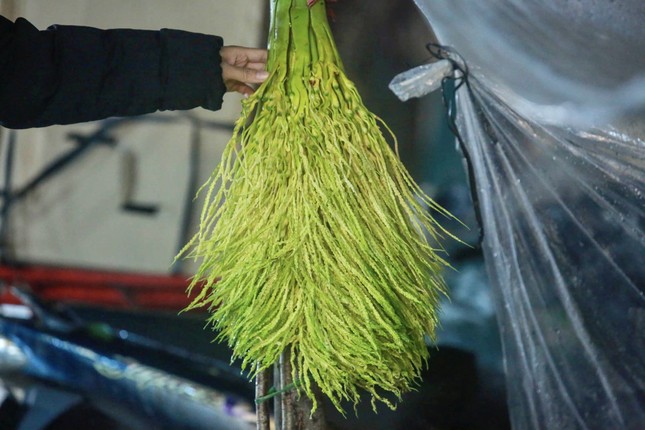
Betel flowers priced at nearly 200,000 VND/flower bunch are still attractive. Instead of buying roses, chrysanthemums… many people buy betel flowers to offer on full-moon days.
Besides betel leaves and areca nuts, another special flower that many people prefer is the betel flower. A seller said: “Besides betel leaves and areca nuts, betel flowers have been recently sold a lot in markets to serve the people. Betel flowers bring a sense of tranquility and reverence when placed on the altar. Betel flowers are used from male betel palm trees, which have a faint, light, and refreshing scent.”
Each bunch of betel flowers ranges from 50,000 – 200,000 VND depending on the size. Many people evaluate this price as quite high compared to traditional incense flowers such as chrysanthemums, roses, money plants… However, many people are willing to spend money to have a unique flower bouquet to bring home on this full-moon day.












